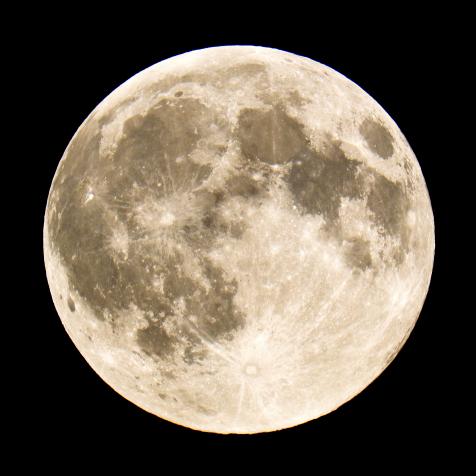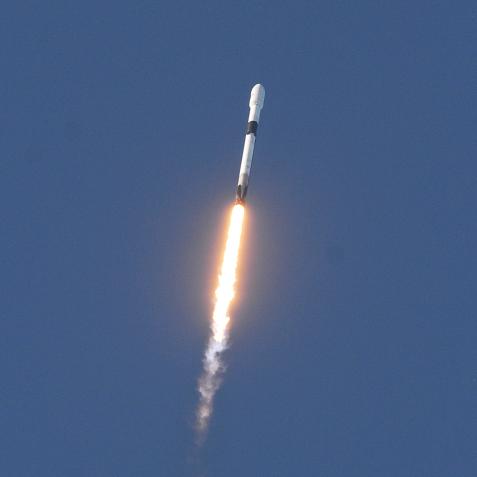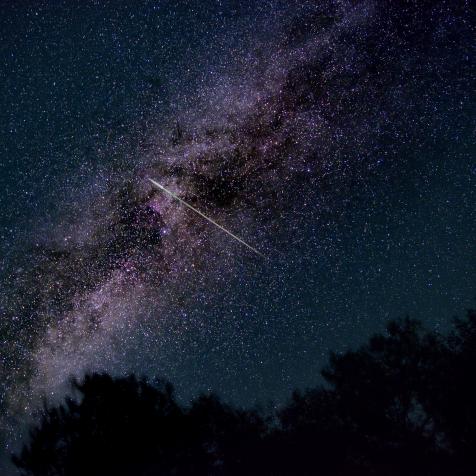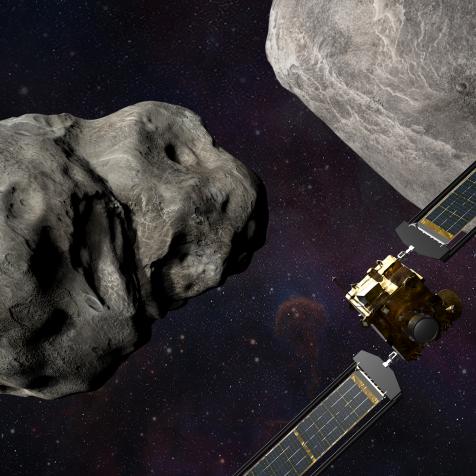
NASA/Joel Kowsky
NASA's New Rocket is Taller than the Statue of Liberty
The massive space launch system was unveiled last week. Following successful completion of upcoming simulation tests, NASA will set a date for the first of the Artemis II lunar missions.
On Thursday evening, NASA unveiled its new 5.75 million pound mega-rocket at the Kennedy Space Launchpad in Cape Canaveral, Florida. The fully assembled rocket is known as the Space Launch System. The Orion spacecraft sits atop, readying for a mission to the moon, known as Artemis I.
The 322-foot rocket will be the first to blast off a series of deep-space exploration missions. While the launch won’t include astronauts, NASA will use the data from the flight to prepare Artemis II, a more complex mission that will include astronauts.
"This is a very different vehicle than what we normally see here in Florida," said Tom Whitmeyer, associate administrator for exploration systems development. “It just catches your breath.”
The Orion spacecraft and Space Launch System will undergo a “wet dress rehearsal” meaning NASA will run crucial tests involving filling the rocket with liquid fuel. Fueling the tank of this gigantic rocket will take about eight hours. The rehearsal allows the team to practice fueling and walking through a countdown.
Once the rocket is docked, the team connects it to utilities like water, power, and air. After assessing the health and status of the rocket, the team will load the core and upper stages with propellant and liquid hydrogen and oxygen.
Only after successfully completing the simulation, will NASA set a date for the first of the lunar missions, which could be as early as May.
"The next time when we roll, when we actually roll out for launch, we'll refer to that four-mile trip as the first four miles of NASA's return to the moon," Mike Bolger, exploration ground systems program manager, said.


















